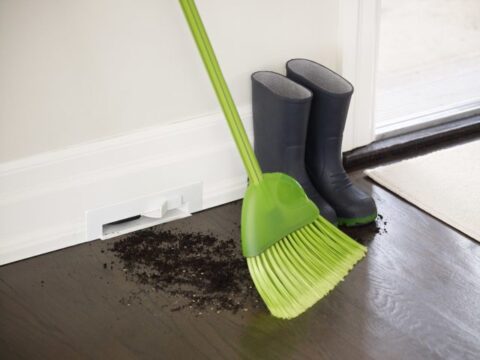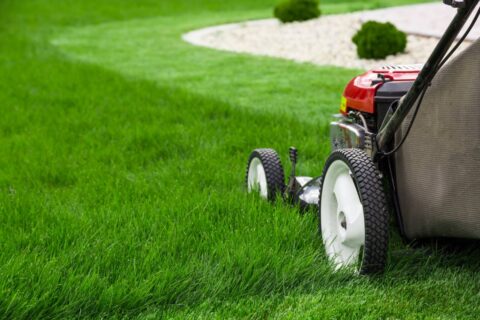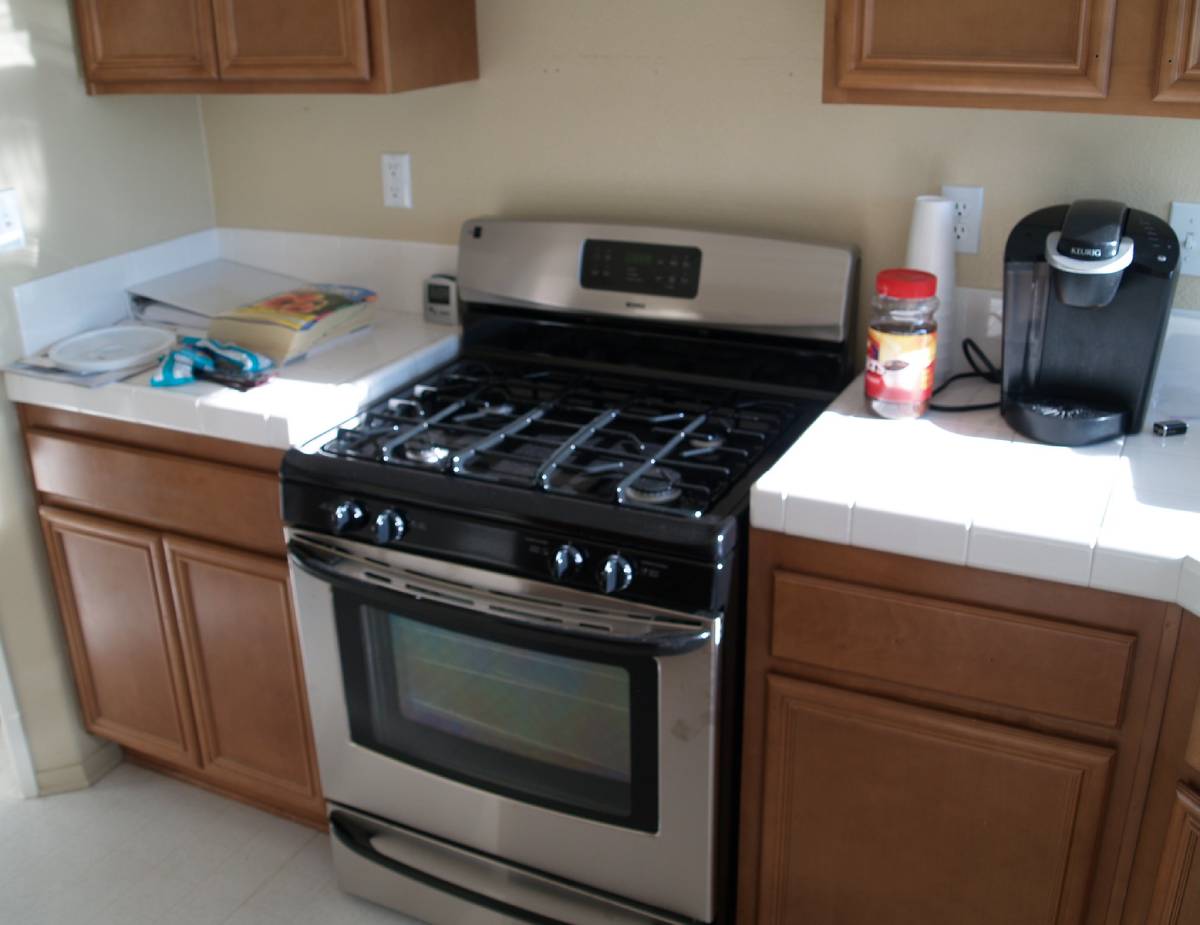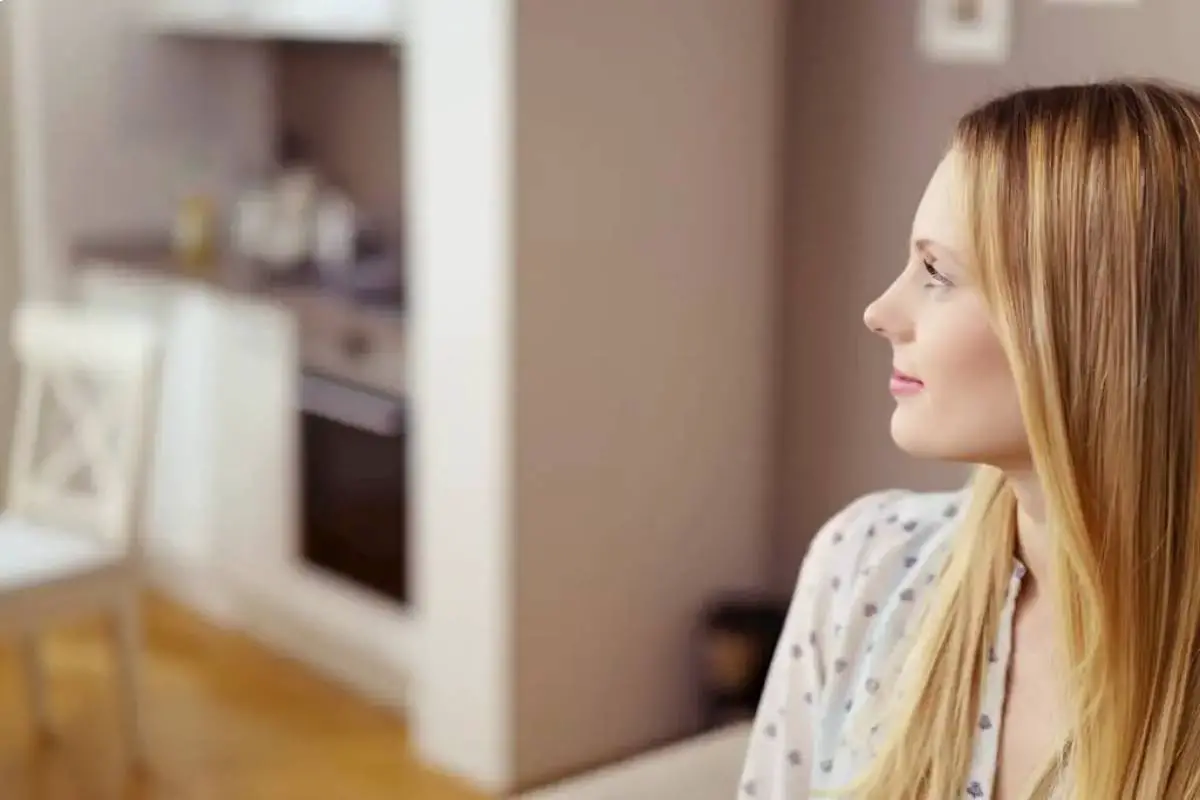 You’ve probably heard about the green properties of cork flooring, but you may not be aware of the other advantages of installing this material in your home. Similar in cost to tile or hardwood floors, cork flooring can be installed by the careful homeowner and should be considered before your next remodeling project.
You’ve probably heard about the green properties of cork flooring, but you may not be aware of the other advantages of installing this material in your home. Similar in cost to tile or hardwood floors, cork flooring can be installed by the careful homeowner and should be considered before your next remodeling project.
Cork Flooring: Versatile, Warm and Cozy
Warmer and softer than tile floors, cork flooring has become very popular for use in the kitchen. It easily absorbs impacts due to the millions of tiny cells present in each square inch. This same quality also means cork flooring is easier on your feet and more comfortable to stand on for long periods of time.
Cork flooring is a good choice in areas where you want to reduce the chance of an echo. Because it is not a hard surface, it reduces the flutter that creates an echo in a room filled with hard materials such as tile or porcelain. This property makes cork flooring a great choice for larger bathrooms.
More Great Reasons to Consider Cork
For people with allergies, cork flooring can be a great replacement for carpeting. It is antimicrobial and is less likely to be affected by mold and mildew. Cork flooring also does not absorb dust or pollen, making it easier to rid your home of these potential allergens.
Cork Flooring: A Natural Insect Repellent and Water Resistant
Cork contains suberin, which is a natural insect repellent, making cork flooring distasteful to termites and ants. The presence of suberin in cork flooring also means that it will not rot or absorb water. In addition natural protections, many cork flooring products are sealed to further protect the material as well as add a glossy shine. As always, check to find out what sealant is being used so you do not inadvertently bring in a high VOC item into your home.
Cork Flooring Has Many Advantages Inherent to its’ Natural Characteristics
In addition to its ability to resist rot, insects, and mold, cork flooring is also fire retardant. If cork flooring does burn, it does not give off toxic fumes like other flooring materials, making your floors safer in case of an emergency or accident.
Cork Flooring Stands the Test of Time
While new patterns and styles of cork flooring may be a recent addition to the flooring lexicon, cork has been used as flooring for over a hundred years. Frequently used in Europe, it can also currently be found in parts of the Library of Congress and the First Congregational Church in Chicago, built in 1894, where the cork flooring is still being used.
Related
Cork Flooring in a Den and a Craft Room
Paul Ryan of DIY Network on Cork Flooring
I have a lot of hands-on experience in the home construction industry, with a good deal of experience in sustainable building. I’m mostly interested in home restoration and home renovations.






